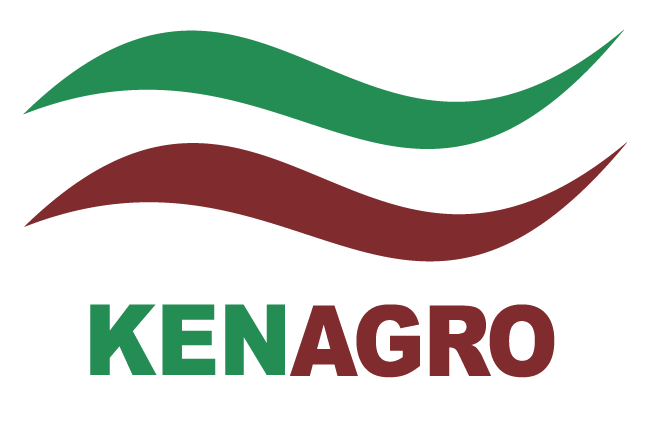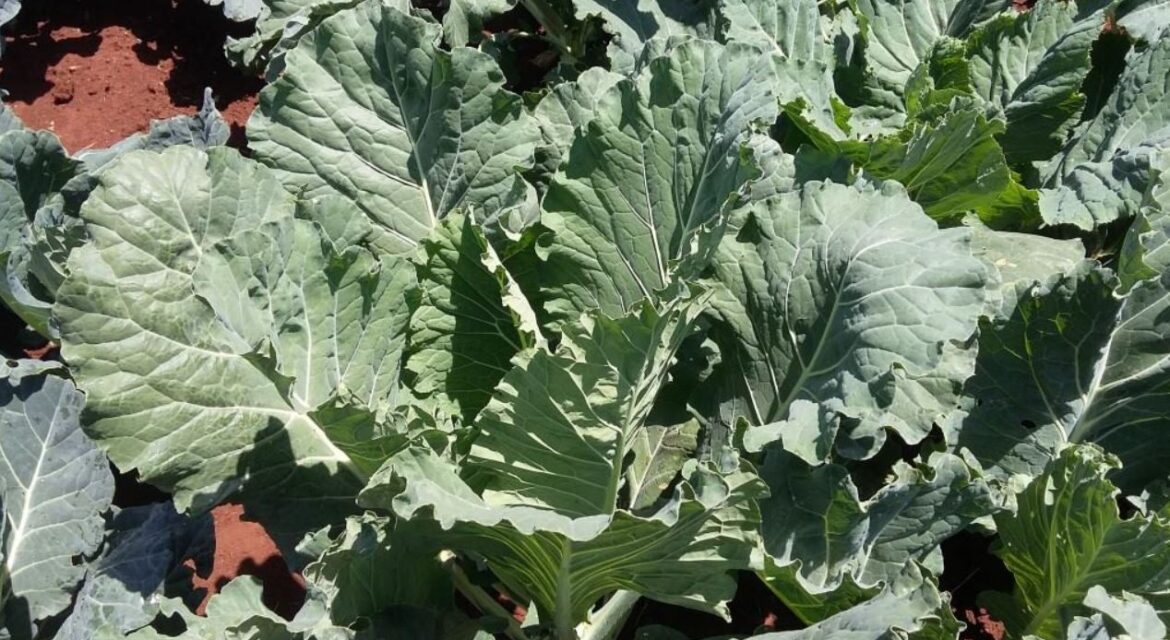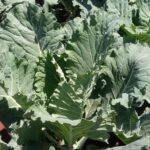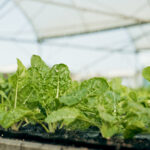Best Practices for High Yields
Kale farming in Kenya, popularly known as Sukuma wiki farming, is one of the most widespread and profitable horticultural ventures. In fact, kale is a nutrient-rich leafy vegetable consumed daily in most Kenyan households, eateries, and institutions, making it a reliable income earner for both smallholder and commercial farmers.
Furthermore, with proper agronomic practices and year-round production potential, kale cultivation in Kenya can offer consistent profits and enhance food security.
1. Crop Selection and Planning for Kale Farming in Kenya
Choosing the right kale variety is essential for high yields, disease resistance, and market preference. First, select varieties suited to your local climate and soil type. Next, consider market demand—some varieties are preferred for fresh markets, while others are better for processing or wholesale. Also, always use certified seeds to ensure high germination rates, uniform growth, and healthy plants.
Planning your crop involves scheduling planting to align with rainfall patterns and market cycles. This helps ensure a continuous supply of kale and maximizes profitability throughout the year.
Popular Kale Varieties in Kenya:
- Collard Mfalme F1 – High yielding, heat tolerant, and disease resistant
- Thousand Head – Local variety, vigorous, and widely grown
- Sukuma Sawa – Hybrid, uniform leaves, and fast maturing
Planning Tips:
- Use certified seeds from reputable suppliers
- Plan around rainy seasons or have access to irrigation for dry periods
- Align planting with market demand to maximize prices
2. Soil and Climate Requirements
Kale farming in Kenya performs best in cool to warm climates with well-drained, fertile soils rich in organic matter. The crop thrives where soil moisture is adequate but waterlogging is avoided. Good soil fertility supports healthy leaf growth and higher yields.
Ideal Conditions for Kale Farming:
- Soil pH: 6.0–6.8
- Temperature: 15°C–25°C
- Altitude: Performs well from 1,000–2,500 meters above sea level
- Rainfall: 500–1,200 mm annually
Avoid waterlogged or saline soils to prevent root rot and poor growth.
3. Land Preparation and Planting Techniques For Kale Farming
Proper land preparation ensures good seed-soil contact and reduces weed competition.
Steps:
- Clear land and prepare fine tilth through ploughing and harrowing
- Raise nursery beds for seedling propagation
- Transplant seedlings 3–4 weeks after sowing or when they have 4–6 true leaves
Spacing:
- Between plants: 30–45 cm
- Between rows: 50–60 cm
Fertilizer Use:
- Apply well-rotted manure or compost before planting
- Use DAP fertilizer at transplanting for strong root development
4. Crop Management (Irrigation, Fertilization, Weeding)
Irrigation:
- Provide regular watering, especially during dry seasons
- Use drip or furrow irrigation to conserve water and maintain soil moisture
Feeding the crop:
- Top-dress with CAN or urea 3–4 weeks after transplanting
- Apply foliar feeds and trace elements for faster growth and greener leaves
- Conduct soil tests for tailored nutrient management
Weeding
Weeds compete with kales for nutrients, water, and sunlight, which can reduce yields. Therefore, farmers should weed regularly to keep the crop healthy and vigorous.
In addition, applying mulch helps conserve soil moisture, suppress weeds, and improve soil fertility over time. This simple practice also reduces labor needs and supports better plant growth.
- Weed regularly to reduce competition for nutrients
- Apply mulch to conserve moisture and suppress weeds
5. Pest and Disease Control in Kale Farming in Kenya
Pest Control in Kale Farming
Kales are highly susceptible to pests such as aphids, diamondback moths, and cutworms, which can severely damage the leaves and reduce yields. To minimize losses, farmers should practice crop rotation, remove crop residues, and maintain proper field hygiene.
In addition, applying organic solutions such as neem extracts or introducing natural predators like ladybird beetles can help control pest populations. When infestations become severe, safe and recommended chemical sprays may be used, but they should always be applied in moderation and according to agricultural guidelines.
- Aphids
- Diamondback moth caterpillars
- Whiteflies
- Cabbage looper
Disease Control in Kale Farming
Kales are vulnerable to several diseases such as downy mildew, black rot, leaf spot, and fusarium wilt, which can significantly reduce yields. To prevent infections, farmers should use certified seeds, maintain proper spacing, and practice crop rotation to reduce disease buildup in the soil.
Furthermore, timely weeding, good drainage, and avoiding overhead irrigation help lower the chances of disease spread. If symptoms appear, removing affected plants and applying recommended fungicides can control the damage and protect the remaining crop.
- Downy mildew
- Black rot
- Leaf spot
- Fusarium wilt
Control Measures:
- Use disease-free seedlings
- Practice crop rotation with legumes or cereals
- Apply biopesticides or recommended insecticides/fungicides
- Avoid overcrowding for better air circulation
6. Harvesting and Post-Harvest Handling in Kale Farming
Kales are harvested by plucking the lower mature leaves. This way, the plant continues producing new leaves, ensuring a steady supply.
Harvesting Tips:
- Begin harvesting 6–8 weeks after transplanting
- Harvest 2–3 times weekly to maintain quality and extend productivity
- Use a clean knife or hand-pick to avoid damaging young leaves
Post-Harvest Handling:
- Sort and remove damaged leaves
- Pack in cool, moist containers or sacks for transport
To maintain freshness, supply your kale to the market early in the morning. As a result, farmers can attract more buyers and secure better prices.
7. Marketing and Value Addition with Kale Farming
Kale farmers in Kenya have access to diverse markets. Local open-air markets and grocery stores remain the most common outlets. In addition, schools and institutions provide steady demand due to bulk purchasing. For farmers seeking higher returns, export markets for packaged and pre-washed Sukuma wiki present valuable opportunities.
Marketing Tips:
To maximize profits, farmers should join groups or cooperatives to benefit from bulk selling. Moreover, staggering planting ensures a steady supply and helps avoid market gluts. Finally, supplying during dry seasons or off-peak periods often secures better prices, since demand is higher when supply is low.
Value Addition Options:
Adding value to kale can increase income. For example, farmers can pre-wash, chop, and package Sukuma wiki for urban markets. Alternatively, drying the leaves for powdered vegetable supplements creates shelf-stable products. In addition, kale leaves can be processed into juice or smoothies, opening up new agribusiness opportunities.
8. Farm Business and Record Keeping
Successful kale farming in Kenya relies not only on good crop management but also on proper record-keeping and financial planning. Therefore, farmers should track costs, labor, inputs, harvests, and income to understand their cash flow. In addition, analyzing profitability helps them adjust practices for better returns.
Moreover, accessing credit and insurance can cushion farmers against unexpected losses. Finally, using mobile apps and Agri-platforms provides timely advice, market prices, and important updates that strengthen decision-making.
Business Tips:
- Track costs, labor, inputs, harvests, and income
- Analyze profitability and adjust practices accordingly
- Access credit and insurance to cushion against losses
Use mobile apps and Agri-platforms for advice, market prices, and updates
Unlocking the Potential of Kale Farming in Kenya
With minimal investment and high market demand, Sukuma wiki farming in Kenya is a powerful tool for income generation and household nutrition. In addition, by selecting the right varieties, maintaining good crop care, and understanding market trends, farmers can grow kale successfully and profitably year-round.
Moreover, whether you’re a beginner or a seasoned farmer, treating your kale farm as a business and staying informed through extension services and digital tools can transform your Sukuma wiki plot into a sustainable agribusiness.





Maurice
I loved as much as you will receive carried out right here.
The sketch is attractive, your authored subject matter stylish.
Serena
Thank you for sharing your info. I really appreciate your efforts and
I am waiting for your next write ups thanks once again.
Helaine
Wow! Finally I got a blog from where I be capable of actually obtain useful data regarding my study and knowledge.
Carlos
Howdy! I simply wish to offer you a big thumbs up for the excellent info you have got here on this post.
I am coming back to your website for more soon.